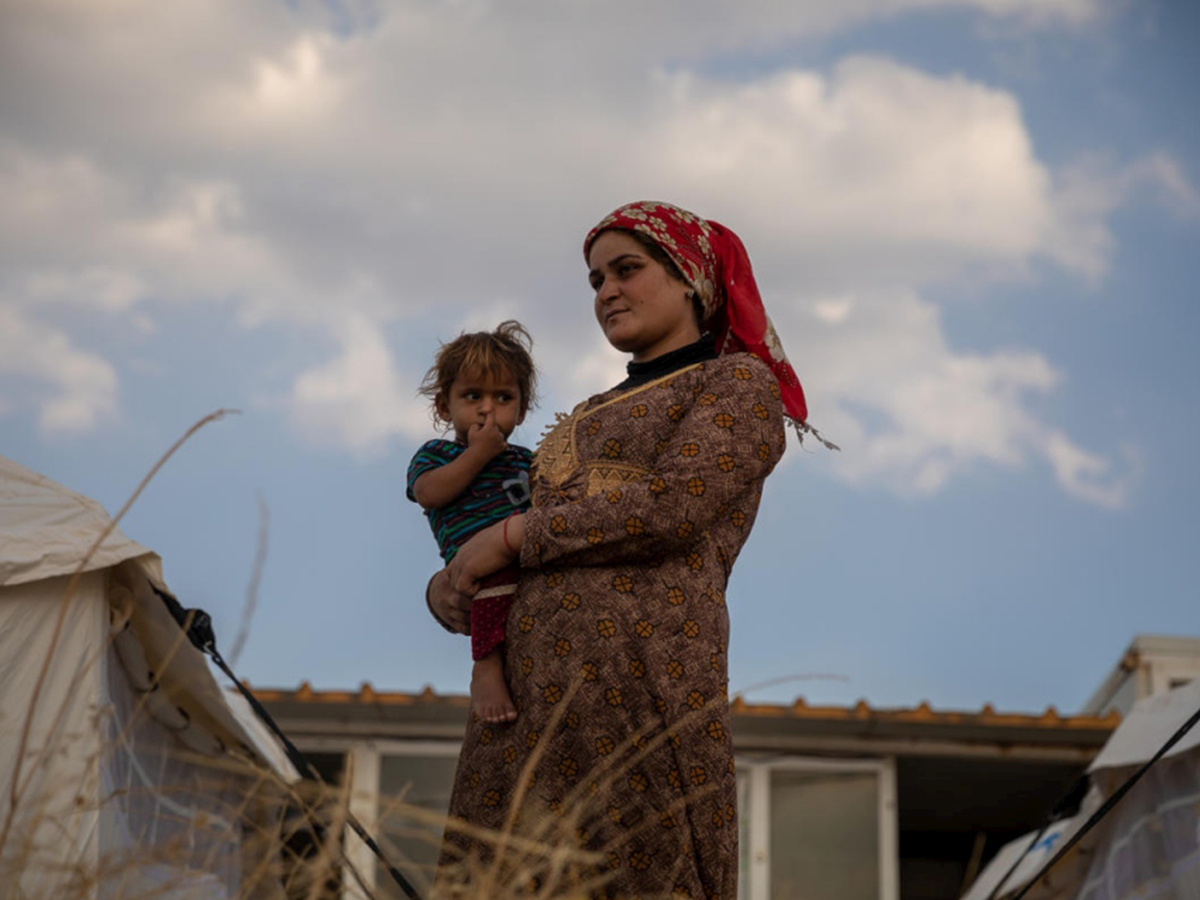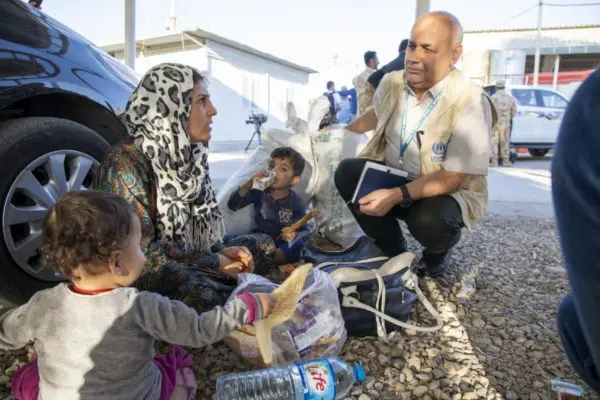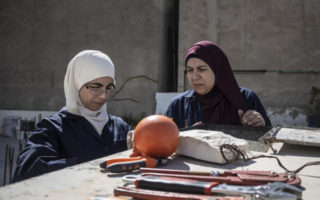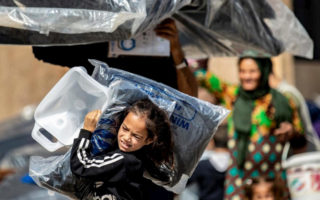Most of the Syrian refugees come from cities and villages from northeast of Syria. Three out of four are women and children. There are unaccompanied children among the arrivals. Some refugees, especially children, require psycho-social first aid, and psycho-social support as they fled in fear in the midst of fighting. Some witnessed explosions and shelling. Refugees with relatives living in the area are allowed to leave the camp and join their families.
UNHCR and partners, together, with local authorities are providing a range of services that start from the border. These include reception, provision of hot meals, transportation to the camp, registration, shelter and protection services. Teams also conduct protection monitoring, child protection and identification of unaccompanied children and persons with specific needs, already at border reception centres.
The Bardarash camp has a water network, an electricity grid and a sewage system. These networks need expansion as more refugees arrive to the camp. The camp has a reception centre, a registration centre and storage units for humanitarian supplies. UNHCR partner, the local Board of Relief and Humanitarian Affairs, is in charge of camp management.
UNHCR is working with other aid agencies in support of the response led by the local authorities to deliver relief and services.
Prior to the latest arrivals, some 228,000 Syrian refugees have found shelter in Iraq, forced from their homes by more than eight years of conflict and destruction in Syria.
For more information on this topic, please contact:
- In Iraq, Firas Al-Khateeb, khateeb@unhcr.org, +964 780 918 9700
- In Syria, Mysa Khalaf, khalafm@unhcr.org, +963 9933 57 860
- In Amman, Rula Amin, aminr@unhcr.org, +962 790 04 58 49
- In Geneva, Andrej Mahecic, mahecic@unhcr.org, +41 79 642 97 09
Originally published by UNHCR on 22 October 2019
